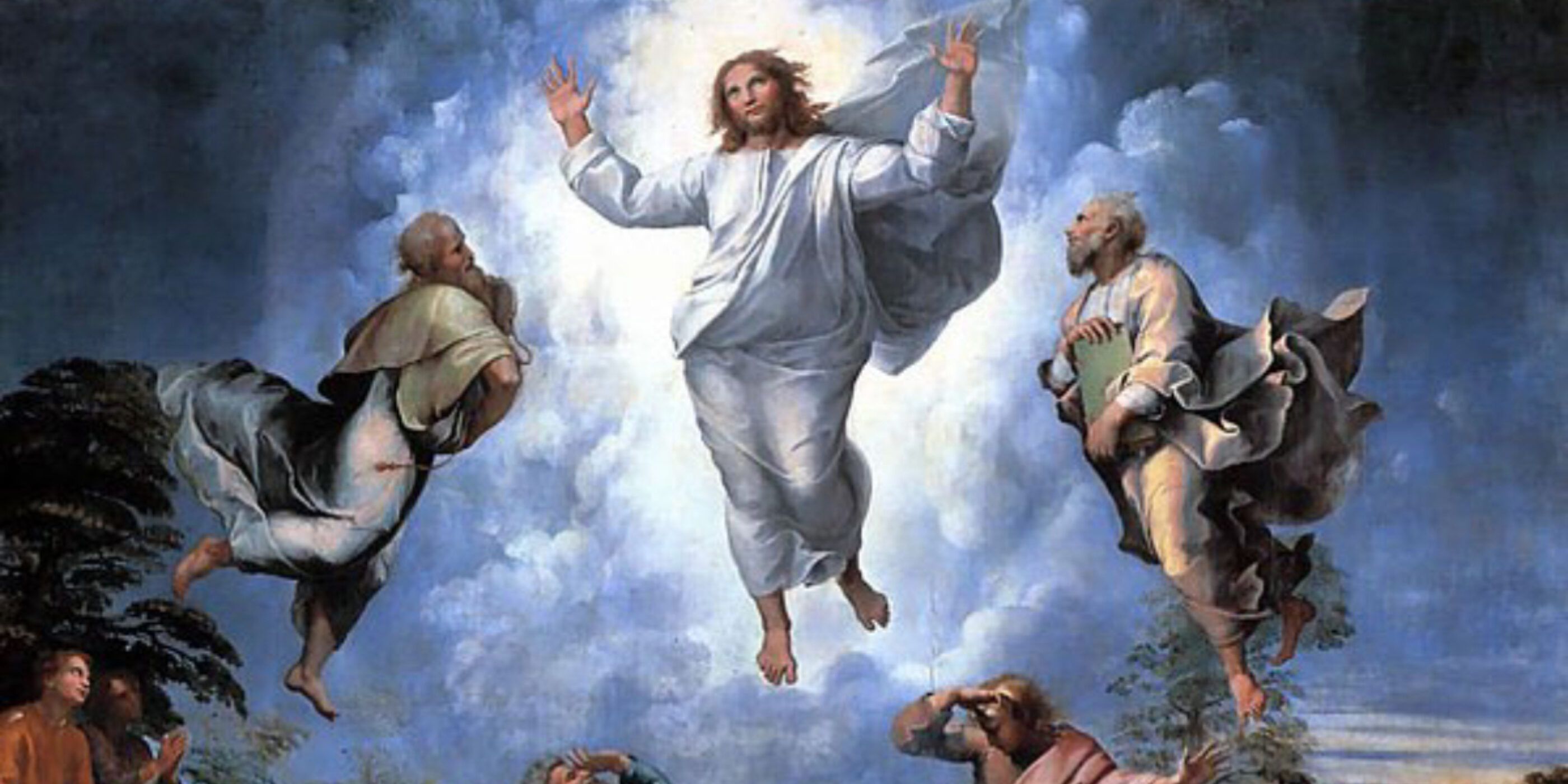By: Dr. Anthony Coleman
Director of MAM/MTS Degree Programs
Why weren't Jesus' followers able to understand the significance of His transfiguration until after His resurrection?
I’ve often thought that, liturgically, August is my favorite month. Similarly, I’ve often thought that the Church – which grew initially out of ancient Mediterranean cultures – designed this deliberately in order to provide moments of celebration and rest during the hottest of months. As a matter of fact, August is the densest month on the liturgical calendar. Only nine days in August do not contain some memorial, feast, or solemnity - and that’s not counting Sundays!!! And the memorials themselves stretch nearly the entirety of Christian history, from the Beheading of St. John the Baptist († circa 30, Aug. 29th) to St. Teresa Benedicta of the Cross [née Edith Stein] († 1942, Aug. 9th). August is a time for celebration, indeed.
One of my favorite feast days is also commemorated in August, i.e., the feast of the Transfiguration. On the one hand, my affinity for this celebration is deeply personal. My oldest son is named Moses Elias – which is the Greek form of Elijah – and it’s on the feast of the Transfiguration that we celebrate his onomastico, or “name day.” On the other hand, however, it is also one of my favorite moments related by the Gospels of the earthly ministry of Jesus.

The transfiguration of our Lord occurred approximately half-way through Jesus’ earthly ministry and is recounted in all three synoptic gospels (Mt 17:1-13; Mk 9:2-8; Lk 9:28-36). While on a mountain to pray with the apostles Peter, James, and John, Jesus “was transfigured before them, and his garments became glistening, intensely white, as no fuller on earth could bleach them” (Mk 9:3). Moses and Elijah then appear next to Jesus, and begin to speak with him. Peter, afraid and not knowing what to say about this miraculous event, suggests making “three booths” (v. 5) to commemorate it. A cloud then overshadows the group and a voice is heard saying: “‘This is my beloved Son; listen to him’” (v. 7). Jesus is then seen alone as before, and upon descending the mountain he commands the others not to tell anyone what they have witnessed “until the Son of man should have risen from the dead” (v. 9).
There is much in this scene that one could “unpack” theologically, but I want to focus on the connection, the inseparable bond, between Jesus’ passion and his resurrection, between his suffering and his glory. All three Gospels contain this point, but St. Luke’s account of the transfiguration is the most insistent. St. Luke alone tells us that Jesus, Moses, and Elijah were talking specifically about “[Jesus’] exodus, which he was to accomplish in Jerusalem” (Lk 9:31). Jesus’ exodus, of course, is the entire Paschal Mystery of his death, resurrection, and ascension; not simply his resurrection. Further, only St. Luke uses the word ‘glory’ (vv. 31, 32) to describe the transfiguration. This explains why Peter and the others were ‘afraid’ at the event; for humans cannot see the glory of God and live (Ex 33:20). But what is Jesus’ ‘glory’? It is not just his resurrection, but also – perhaps even more so – his passion. And his followers will not understand this point until after Jesus’ dying and rising. It is on this account that Jesus orders the others not to say anything about the transfiguration until after his resurrection.
But why wouldn’t Jesus’ followers be able to understand the significance of his transfiguration until after his resurrection? For the same reason we wouldn’t; namely, because we want the glory without the suffering, we want the resurrection without the crucifixion. But the two cannot be separated. We may wish them so, and perhaps it is only natural to do so. But the way to new life is always a dying to self (Rom 6:3-6), just as “it was necessary that the Christ should suffer these things and enter his glory” (Lk 24:26). It cannot be otherwise. Thus, on this feast day in August, we are reminded that – for the Christian – glory is always accompanied by suffering, resurrection by passion. But we live in faith and hope that it is Christ himself who helps us to carry our burdens, losses, and sufferings. “Come to me, all who labor and are heavy laden,” he says to us, “and I will give you rest” (Mt 11:28).

